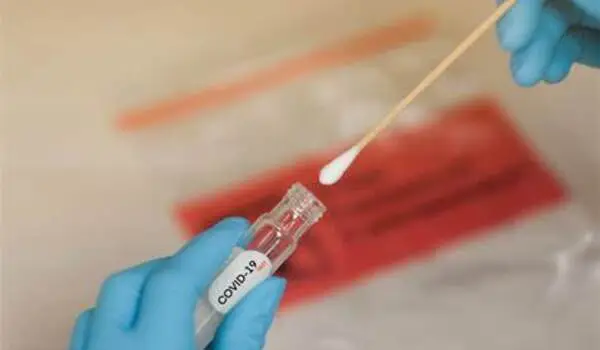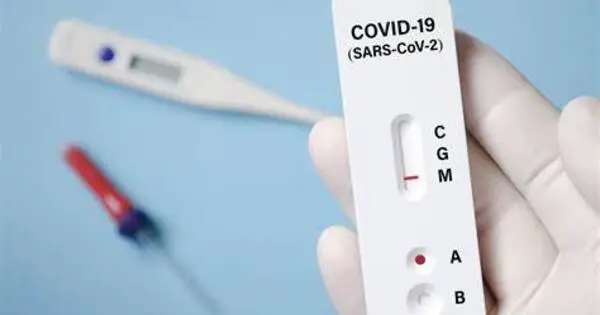The cold, flu, and COVID-19 season brings the now-familiar ritual of swabbing, waiting, and looking at the results. But what if, instead of taking 15 minutes or more, a test could instantly establish whether you had COVID-19 using a luminous chemical? In ACS Central Science, researchers report a potential COVID-19 test based on bioluminescence. They devised a quick method for detecting SARS-CoV-2 protein using a chemical found in crustaceans that is similar to one utilized in vaccine research.
Many creatures, including fireflies and lanternfish, have chemical instruments for producing light. Typically, this process involves the substrate luciferin as well as the enzyme luciferase. However, a class of less discriminating luciferins known as imidazopyrazinone-type (IPT) compounds can shine when exposed to other proteins, including those that are not classified as enzymes.
Previous research implies that IPT luciferins could serve as the foundation for a novel form of medical test that employs luminescence to detect the presence of a target protein in a specimen. Ryo Nishihara, Ryoji Kurita, and colleagues hypothesized that an IPT luciferin may react with the SARS-CoV-2 spike protein, allowing viral particles to penetrate cells and produce COVID-19 – paving the way for the development of a glowing test.
According to the researchers, this BCL-based technique might be used to develop a simple “mix and read” test in which IPT luciferin is added to untreated saliva from someone suspected of having COVID-19. They suggest that a similar approach might be used to detect additional viruses with spike-like proteins, such as influenza, MERS-CoV, and coronaviruses.
The team began by investigating the ability of 36 distinct IPT luciferins to react with a single spike protein unit. Only one chemical, derived from small crustaceans of the species Cypridina, emitted light. The researchers then tested the action of the luciferin with the spike protein in its natural condition, which consisted of three folded units. They found that, over the course of 10 minutes, an adequate amount of light could be detected.
A commercially available luminescence reading device was required; the light could not be seen by the naked eye. Additional experiments indicated that the IPT luciferin was selective because it did not glow when exposed to six proteins that occur in saliva. They define this specific luminescence reaction by non-luciferase biomolecules as “biomolecule-catalyzing chemiluminescence (BCL).”

Finally, they discovered that luciferin could identify the amount of spike protein in saliva with the same accuracy as a technology used in vaccine research. However, the luciferin system provided results in one minute, which is substantially faster than the existing rapid point-of-care testing.
According to the researchers, this BCL-based technique might be used to develop a simple “mix and read” test in which IPT luciferin is added to untreated saliva from someone suspected of having COVID-19. They suggest that a similar approach might be used to detect additional viruses with spike-like proteins, such as influenza, MERS-CoV, and coronaviruses.
The authors acknowledge funding from the Japan Science and Technology Agency, the Japan Society for the Promotion of Science, and the New Energy and Industrial Technology Development Organization.





